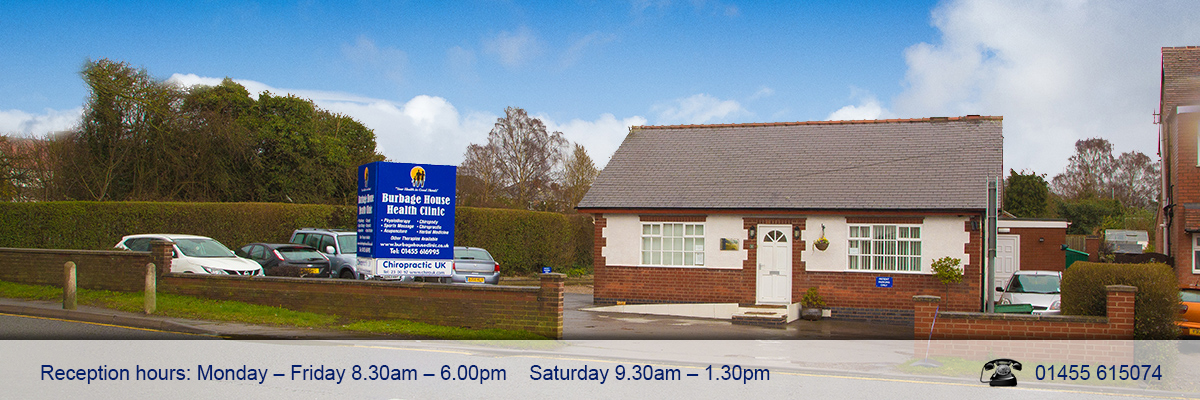Arthritis can appear in joint in the body. It is typically seen in ‘weight-bearing’ joints – the hips and knees, but remember the spine is also weight-bearing.
Osteoarthritis is the process of wear & tear that affects the cartilage and bone in joints. A little arthritis is almost inevitable as we get older, it is usually not noticed and doesn’t cause problems. The early signs of arthritis can be seen in our 20’s or 30’s, or sometimes even younger if there have been specific joint injuries.
Arthritis in the spine will often be centred at the low back or the lower part of the neck. The low back carries the majority of your body weight and it also acts like a hinge for bending. Arthritis here can be painful and can refer into the buttocks. The lower part of the neck carries the weight of your head (roughly the same weight as a bowling ball) and also acts like a hinge. Arthritis here often causes restriction of movement, especially turning, and can also refer down to the shoulders.
Healthy joint cartilage will allow the smooth gliding movement at the joint surface. In the spine, this means that the facet joints that connect each vertebra to one another will move freely and smoothly.
It is important to preserve your joints to be pain-free, to function well and maintain productivity and wellbeing. Here are some tips to help maintain health joints:
- Move and exercise appropriately. Cartilage degenerates when it is under abnormal strain and loading. With exercise, form and posture must be good so as not to shear or strain cartilage surfaces. With normal activities, again your posture should always be in an ideal position.
- Eat well. Systemic inflammation contributes to the progress of arthritis. Foods are either pro-inflammatory or anti-inflammatory. As a rule, processed food promotes inflammation in the body, fruit & veg reduce inflammation.
- Lose weight. If you need to. Being overweight promotes arthritis in both weight-bearing joints like the hips, knees and spine, but also in non-weight-bearing joints.
- Keep your joints free of restriction. A ‘stuck’ joint will be unable to move appropriately and the cartilage surfaces can suffer as a result. The spine is susceptible to joint restriction. A chiropractor can check for restriction and release the joint.
There are many ways to combat arthritis and pain or loss of function. If it is a concern your chiropractor can offer advice and treatment options.

